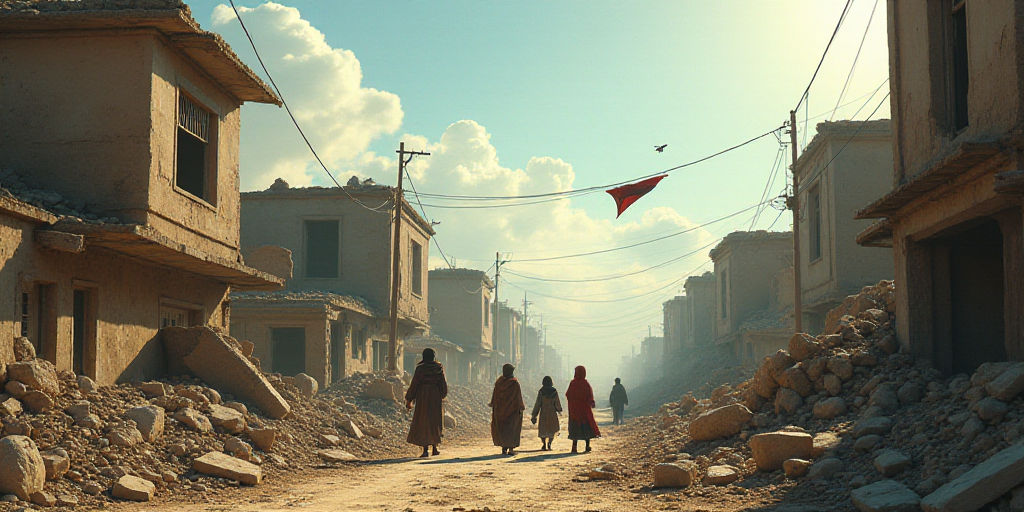Introduction
Hamas has agreed to a new ceasefire proposal mediated by Egypt and Qatar, which includes the release of remaining captives in Palestinian territories. However, Israel has yet to respond to the offer.
Background on Hamas and Relevance
Hamas is a Palestinian Sunni Islamic political organization and militant group. It has controlled the Gaza Strip since 2007, following its takeover of the region from the Palestinian National Authority. Hamas’s control over Gaza has led to ongoing tensions with Israel, resulting in multiple conflicts and ceasefire agreements.
Key Points of the New Ceasefire Proposal
- 60-Day Initial Truce: The new proposal includes a 60-day ceasefire, with the release of captives in two phases. This is intended as a precursor to a more comprehensive agreement aimed at ending the conflict permanently.
- Captive Release: Out of the 251 captives taken by Hamas during the October 2023 attack, 49 remain in Gaza, including 27 bodies. The new offer plans to release 10 Israeli captives alive along with a specified number of corpses in the first phase.
- International Guarantees: The proposal also calls for international guarantees to ensure the implementation of the agreement and continue negotiations towards a lasting solution.
Reactions from Key Figures
Israeli Prime Minister Benjamin Netanyahu has stated that Israel would accept an agreement where all captives are released at once, according to their conditions for ending the war.
U.S. President Donald Trump has called for the destruction of Hamas as a solution to the captives crisis, stating on social media: “We will only see the remaining hostages returned when Hamas is confronted and destroyed! The sooner, the better.”
Humanitarian Crisis in Gaza
The ongoing conflict has led to a dire humanitarian situation in Gaza, with over 2 million residents facing severe food shortages according to the UN and aid organizations. Egyptian Foreign Minister Badr Abdelatty emphasized the urgency of reaching an agreement to alleviate these conditions.
Egypt has also expressed willingness to join an international force in Gaza, provided it is supported by a UN Security Council resolution and has a clear political objective.
Ongoing Conflict and Humanitarian Concerns
According to the Gaza health ministry, as of Monday, 11 people died due to Israeli attacks in the Palestinian territories. Independent verification of these figures is challenging due to media restrictions and access difficulties in Gaza.
Amnesty International has accused Israel of intentionally imposing a “starvation campaign” on Gaza, systematically destroying health, well-being, and social fabric in the territory.
Despite denying such claims previously, Israel continues to significantly restrict humanitarian aid flow into Gaza.
The October 2023 attack by Hamas sparked the conflict, resulting in over 1,200 deaths, mostly civilians, according to official counts. Israel’s response left nearly 62,000 Palestinians dead, mostly civilians, as reported by the Gaza health ministry, deemed reliable by the UN.
Key Questions and Answers
- Who is Hamas? Hamas is a Palestinian Sunni Islamic political organization and militant group that has controlled the Gaza Strip since 2007.
- What is the new ceasefire proposal? The proposal includes a 60-day truce, the release of captives in two phases, and international guarantees for implementation.
- What are the reactions from key figures? Israeli Prime Minister Benjamin Netanyahu and U.S. President Donald Trump have expressed conditions for accepting the ceasefire agreement.
- What is the humanitarian situation in Gaza? Over 2 million residents face severe food shortages due to ongoing conflict and restrictions.
- What are the ongoing concerns regarding the conflict? There are allegations of a deliberate starvation campaign by Israel, and independent verification of casualty figures is challenging.






